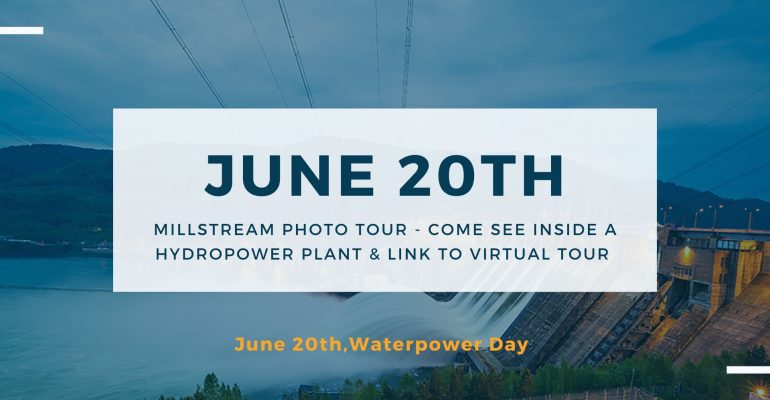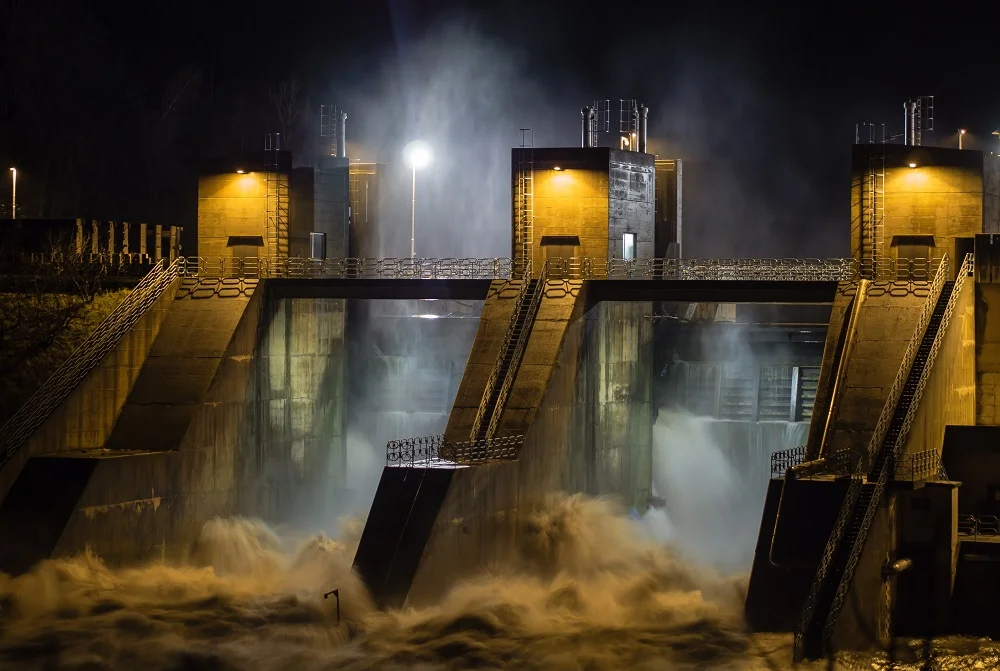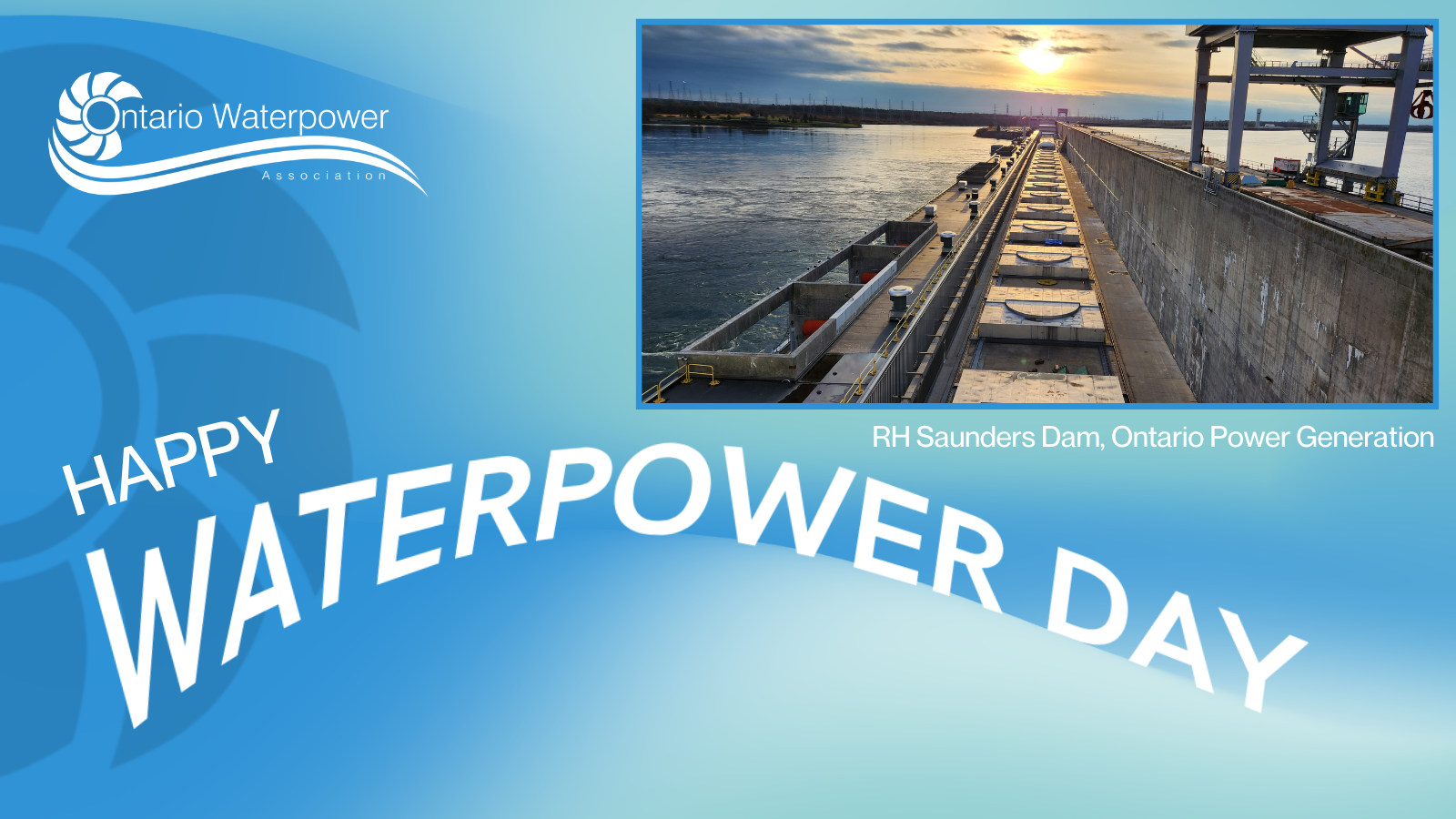Waterpower Day, Millstream Photo Tour – Come See Inside a Hydropower Plant & Link to Virtual Tour

Waterpower Day, Millstream Photo Tour – Come See Inside a Hydropower Plant & Link to Virtual Tour
Waterpower Day
Millstream slides
Exploring the Heart of Hydropower: A Guided Tour of Key Mechanical Components

Welcome to the fascinating world of hydropower! As you step into this hydropower station, you are about to witness the intricate workings of a facility that harnesses the power of water to generate electricity. On this tour, we’ll guide you through the location of crucial mechanical components, such as water-lubricated turbine guide bearings, self-lubricated wicket gate bushings, turbine shaft seals, and water filtration systems. Let’s begin our journey!
-
Water-Lubricated Turbine Guide Bearings
Our first stop is the powerhouse, where the massive turbines are located. As you enter this area, you will notice the giant turbines responsible for converting kinetic energy from water into mechanical energy. Look towards the base of these turbines. Here, you will find the water-lubricated turbine guide bearings. These bearings play a vital role in supporting the turbine shaft and ensuring its smooth rotation. The water used for lubrication helps minimize friction and wear, maintaining the efficiency and longevity of the turbine.
-
Self-Lubricated Wicket Gate Bushings
Next, we move to the wicket gate assembly, which is integral to controlling the flow of water to the turbine. The wicket gates are adjustable vanes that regulate water flow based on the power demand. As you examine the wicket gate mechanism, focus on the pivot points. This is where you’ll find the self-lubricated wicket gate bushings. These bushings allow the gates to pivot smoothly without the need for external lubrication, reducing maintenance requirements and enhancing reliability.
-
Turbine Shaft Seals
Continuing our tour, let’s head back to the turbine section. At the point where the turbine shaft exits the casing, you’ll find the turbine shaft seals. These seals are crucial in preventing water from leaking out and ensuring that the internal pressure of the turbine is maintained. Effective sealing is essential for the overall efficiency and operation of the turbine, keeping the water where it’s needed most.
-
Water Filtration Systems
Finally, we arrive at the water filtration systems. To find these, head towards the auxiliary equipment section, usually located in a separate room adjacent to the main powerhouse. Water filtration systems are essential for removing debris and impurities from the water before it enters the turbines and other critical components. These systems help protect the machinery from damage and ensure a smooth and efficient operation. Look for large tanks and filtration units that process the water before it’s directed into the main flow path.
-
Specialized Epoxy and Polyurethane Repair Materials and Coatings
Our final stop focuses on the maintenance and protection of the station’s infrastructure. As you walk through the maintenance workshop and storage areas, you will find specialized epoxy and polyurethane repair materials and coatings. These materials are crucial for repairing and protecting various components exposed to harsh operational conditions.
Epoxy Materials: Used for structural repairs, these materials offer excellent adhesion and durability. You will see them applied to cracks and damages in concrete structures, providing long-lasting repairs that can withstand the operational stresses of the station.
Polyurethane Coatings: These are used to protect surfaces from corrosion, abrasion, and chemical exposure. Look for polyurethane coatings on metal surfaces, pipelines, and machinery. They form a protective barrier that enhances the longevity and reliability of the equipment.

As you conclude your tour, you now have a comprehensive understanding of the key mechanical components and maintenance materials that keep a hydropower station running efficiently. From the water-lubricated turbine guide bearings and self-lubricated wicket gate bushings to the turbine shaft seals, water filtration systems, and specialized epoxy and polyurethane repair materials and coatings, each plays a vital role in harnessing the power of water to generate electricity. Enjoy the rest of your visit, and take in the marvels of this engineering feat!


